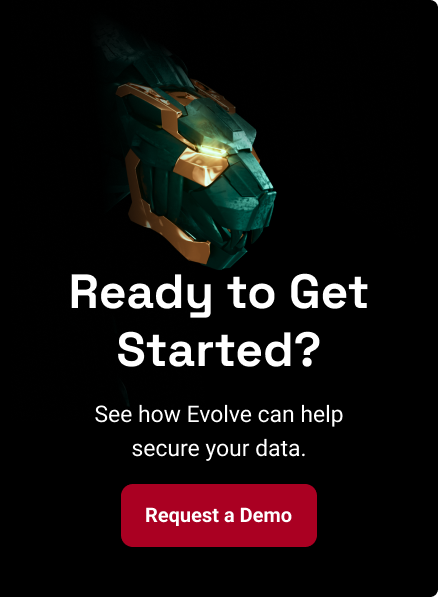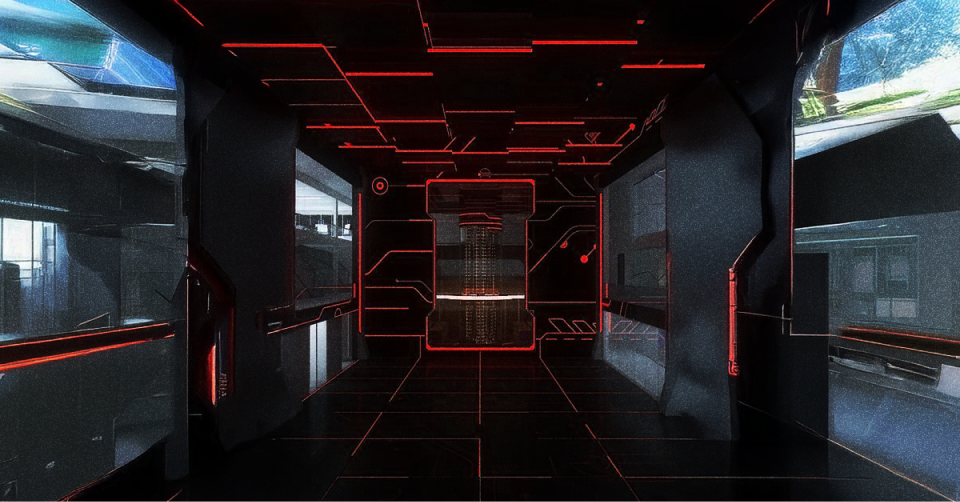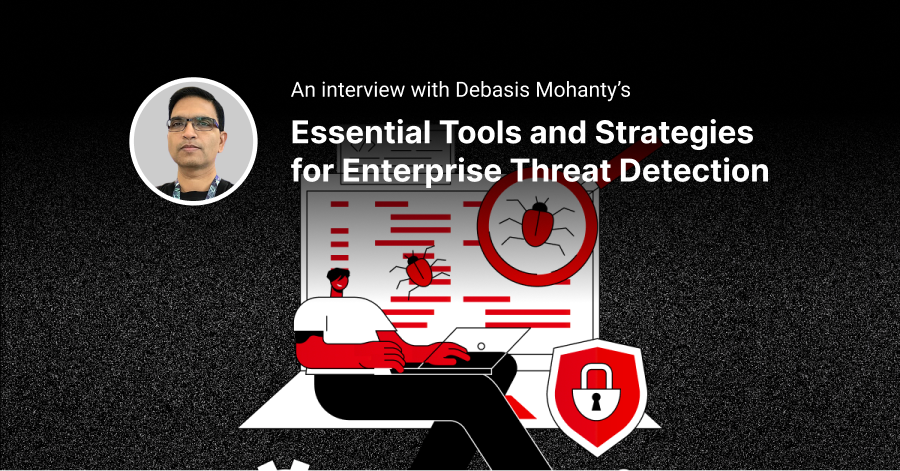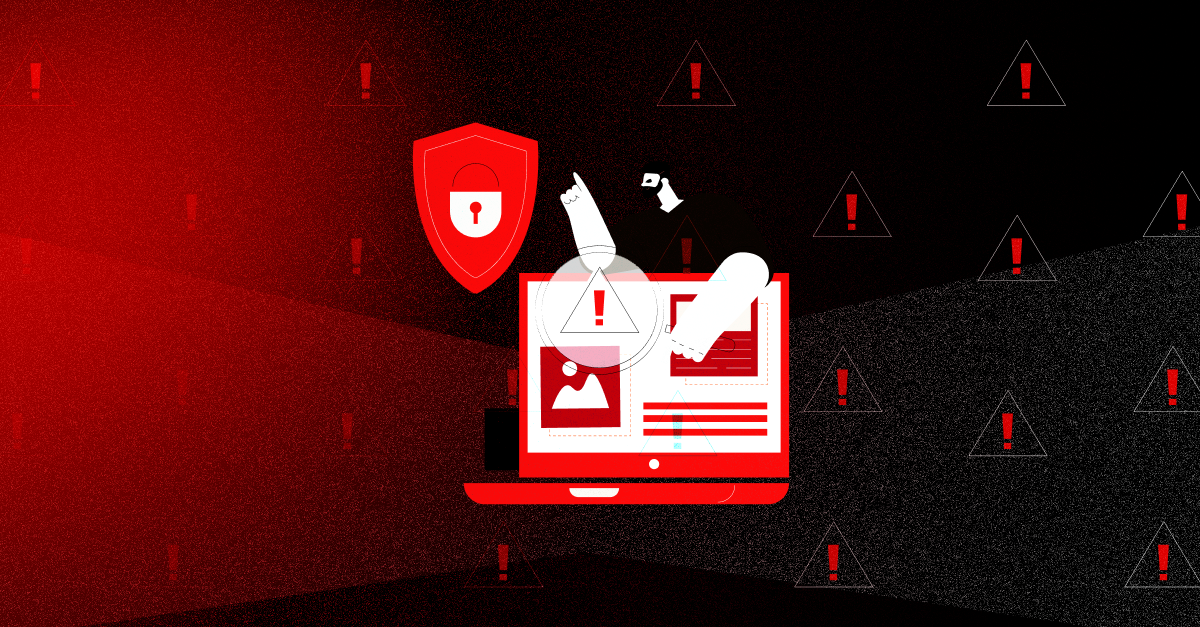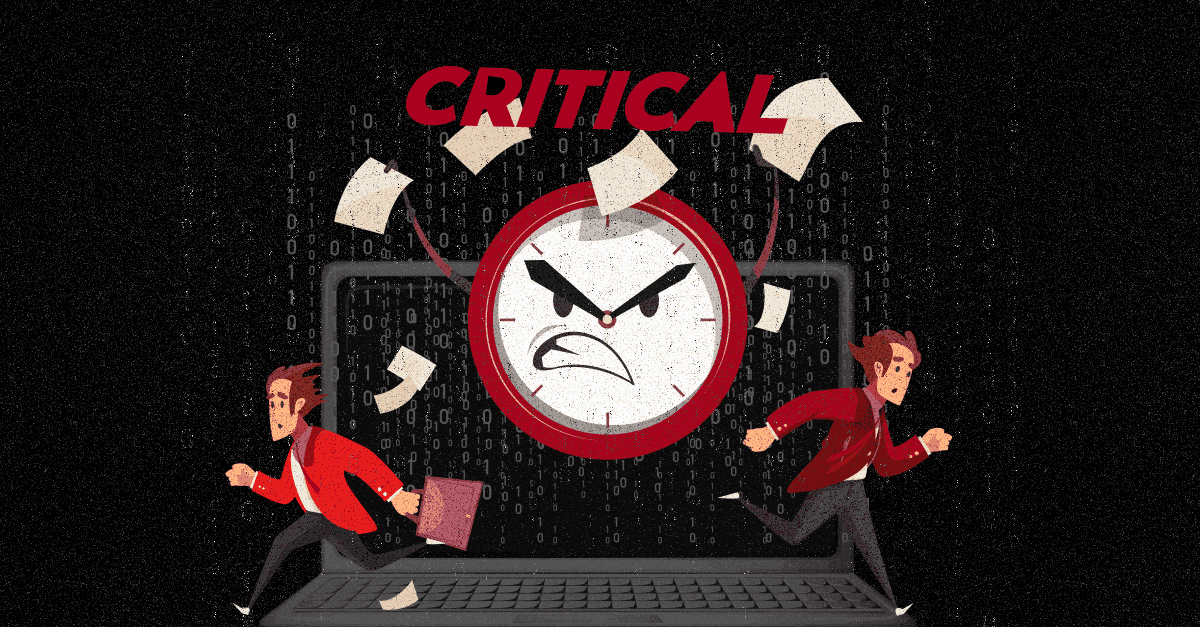Debunking Corporate IT Security Myths: What Business Leaders Should Know
Threat Intelligence • November 29, 2024
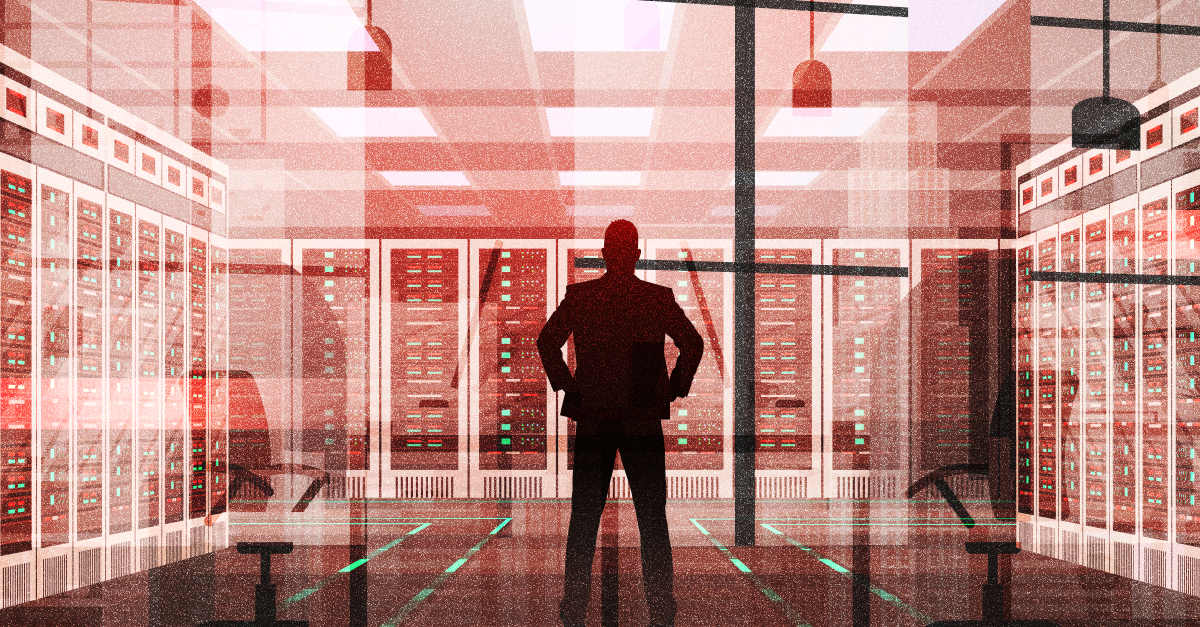
This post cuts through the noise, tackling five pervasive myths that can derail even the best-intentioned security efforts. If you’ve been told that AI will save your company or that your cloud score guarantees safety, keep reading. You might be surprised how much more there is to the story.
Myth #1: DevSecOps Will Solve All Security Problems
Reality check: DevSecOps is a step forward in security automation, but it’s not the endgame. It helps streamline security processes by integrating them into development pipelines, catching common vulnerabilities like outdated libraries or misconfigurations. However, automation tools are often limited to low-hanging fruit—things like missing patches or weak encryption. The more intricate, context-specific vulnerabilities—those that require a deep understanding of business logic or unique environments—can slip through undetected.
Takeaway:
Look at DevSecOps as a way to automate security issue discovery and mitigation.
Use DevSecOps to automate routine checks, but pair it with periodic manual assessments to uncover hidden, complex vulnerabilities.
Myth #2: More Money in Security Controls Equals Better Security
Reality check: Investing in top-tier firewalls, intrusion detection systems, and endpoint protection might make you feel secure, but these tools are only part of the equation. A sophisticated social engineering attack can bypass all those layers without touching a single line of code.
Imagine an employee receiving a cleverly crafted email from what appears to be the CEO, requesting access to a sensitive system. Even with robust technical defenses, the employee might still comply if they’re unaware of the risks. Training employees to spot red flags and fostering a culture of caution are just as critical as deploying expensive tools.
Takeaway: Security is as much about people as it is about technology. Regular training and awareness programs can turn your workforce into a valuable line of defense.
Myth #3: Cloud Security Scores Guarantee Complete Protection
Reality check: Cloud platforms often come with built-in security assessments that generate a neat score. It’s tempting to take that score at face value and assume your cloud environment is airtight. But these scores often focus on standard best practices, like enabling multi-factor authentication or encrypting data at rest.
The real danger lies in implementation-specific flaws—things like misconfigured permissions or poorly designed access control mechanisms. It takes a professional security expert to validate implementations, identify edge cases, and uncover issues that automated cloud-based scoring tools might miss. For example, a misconfigured identity access management (IAM) policy could inadvertently grant broader access than intended, allowing a compromised user to move laterally within your environment.
Takeaway:
A high cloud score is a good start, but it’s not the finish line. Have experts conduct detailed reviews to validate your configurations and uncover hidden risks.
Myth #4: Penetration Testing Neutralizes Social Engineering Threats
Reality check: Penetration tests, red teaming, and purple teaming exercises are invaluable for identifying technical weaknesses. However, social engineering attacks target human vulnerabilities, which aren’t always part of these tests. A skilled attacker can use tactics like pretexting or baiting to gain an employee’s trust and extract sensitive information.
Consider a scenario where an attacker, posing as an IT support technician, convinces an employee to reveal their login credentials. Even if your systems are fully patched and your network is locked down, that single compromised account could lead to a significant breach.
Takeaway: Social engineering isn’t just about phishing emails; it’s about exploiting trust. Ongoing awareness training and simulated attacks can help employees recognize and resist manipulation.
Myth #5: AI Will Solve All Security Problems
Reality check: AI has made impressive strides in automating repetitive tasks like log analysis, anomaly detection, and threat hunting. However, AI’s capabilities are limited by the quality of the data it’s trained on. It can flag potential issues but often struggles with context.
Moreover, attackers are constantly evolving, and AI models need continuous updates to stay relevant. Human security experts are needed to interpret AI findings, validate risks, and provide strategic insights. As AI tools evolve, they’ll become more effective, but they’ll always need human oversight to handle complex, high-stakes decisions.
Takeaway: AI should be seen as an assistant, not a replacement. Its strength lies in handling volume, but human expertise remains essential for depth and context.
Ready to rethink your security approach?
Focus on the fundamentals, stay vigilant, and always be prepared to adapt. Security isn’t static—it’s a journey.
Related Content

